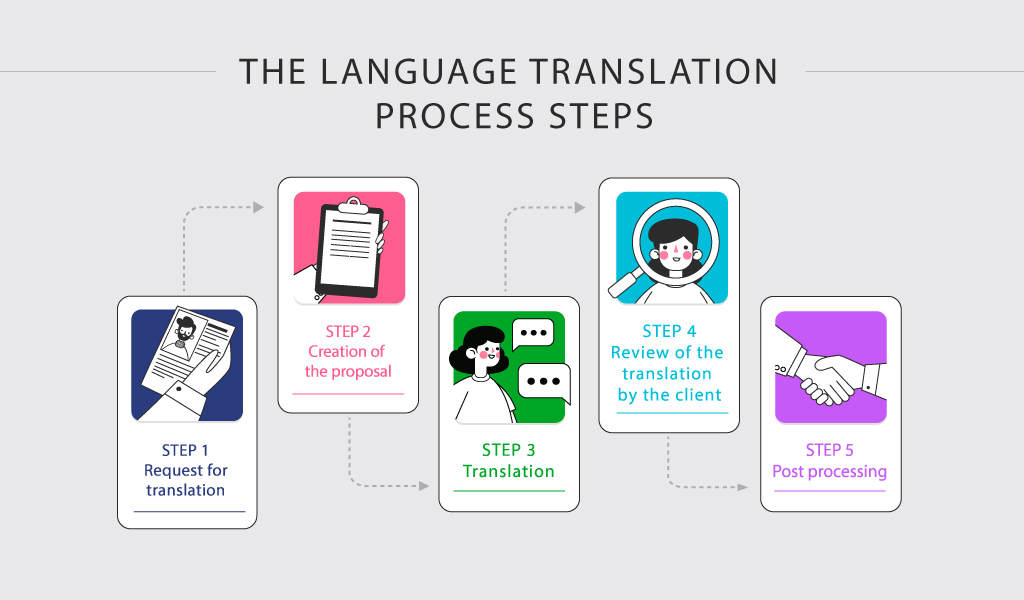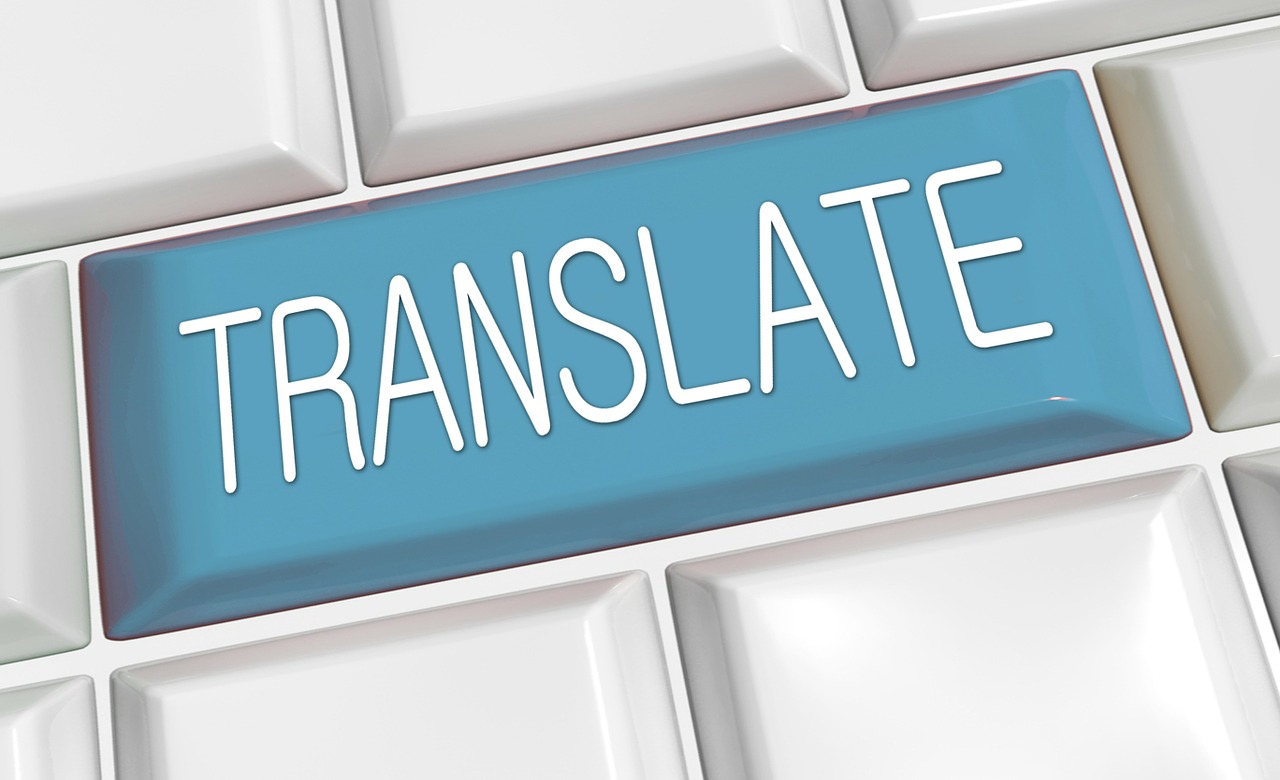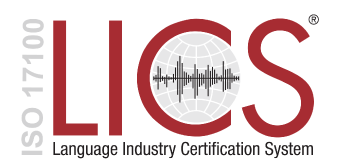What is a certified translation?
If you’ve ever had to have an official document translated for authorities or legal purposes, you will have come across the term ‘certified translation’. But what is that exactly?
The definition of a certified translation differs from country to country. Each state has its own rules and regulations concerning which criteria a certified translation has to fulfil and who is authorized to prepare certified translations.
In many countries, a certified translator must be sworn in by a local court or have acquired an official accreditation by a local organization. Technically, a certified translation means the (usually) sworn and court-appointed translator’s confirmation of the correctness and completeness of their translation.
With our team of qualified and certified translators, EHLION can help you with certified and notarized translation services as well as other professional translation services. Please contact us to find out what we can do for you.
Different definitions of certified translation
In most countries, a certified translator is a professional translator who is publicly appointed and sworn in by a local court. The most prominent example of this system is Germany. Here, only court-appointed sworn translators are authorized to produce certified translations. Once sworn in by the court, these translators are then issued with an official stamp which needs to be added to each document to make it a certified translation. The translator also has to include a clause at the end of the document stating their credentials and status as a sworn translator, confirming that the translation is accurate to the best of their knowledge, and specifying whether they sighted the original document or a copy of it.
In Australia, for example, there are no sworn translators; instead, translators need to be accredited by NAATI (the National Accreditation Authority for Translators and Interpreters) in order to be allowed to provide NAATI-accredited translations, which is the equivalent of certified translations in Australia.
Some countries, like the UK and the USA, don’t have certified translators at all. Instead, the translator issuing the translation typically needs to be a member of a professional association, the ITI or the CIOL in the UK, and add a clause at the end of the translation stating that they are qualified and that the translation of the document is accurate and true to the best of their knowledge. The professional association often also provides a seal that members can use for this purpose. Sometimes, translators in these countries also provide a certificate of accuracy along with the translated document.
When and for what purpose are certified translations needed?
Certified translations are often requested by government bodies or employers for certificates, diplomas and other official documents. These include:
- birth certificates
- death certificates
- school diplomas
- work references
- marriage certificates
- driver’s licences
- work permits
- contracts
- university transcripts
- degrees and other academic certificates
Immigration authorities and courts always require certified translations when you submit documents in another language. It’s always advisable to check with the authority in question what type of translation is required and accepted.
What is the difference between notarized translations and certified translations?
Something many people tend to confuse is certified and notarized translation – they are not the same. As we have seen, certified translations are prepared and signed by a certified or sworn translator. So what is a notarized translation? In a nutshell, notarized translations require the involvement of a notary public.
Legal bodies or authorities sometimes require notarized translations instead of mere certified translations. The process is the same as for certified translations: First the sworn translator prepares the translation and signs and stamps it. In addition, an affidavit is then sworn by the translator in the presence of a notary public in order to declare that the translation is accurate. This is then confirmed by the notary public’s stamp and signature.
It’s important to note that the notary public does not attest to the accuracy of the translation. They merely confirm the translator’s identity, credentials and signature.
Who can certify a translated document?
To become a sworn translator in countries that have this system in place, translators need to meet a number of formal criteria. Usually, they need to have official, accredited qualifications as a translator and a certain amount of professional experience.
In some countries, budding sworn translators also need to complete a legal terminology course before they are approved. Once approved, sworn translators are added to an official court list of approved translators. This can, once again, vary from region to region.
Sworn translators always certify their own translations, i.e. translations of other people’s documents that they have prepared themselves. It is unethical for a sworn translator to simply stamp and certify a document that has been translated by another person or fellow translator. Sworn translators will typically reject such requests and only certify translations carried out by themselves.
By the same token, they are generally not advised to translate their own documents or documents of their family members. Although there is no rule prohibiting a translator from certifying their own documents, this is considered ethically questionable and may not be accepted by the person or organization requesting the translation.
What does a certified translation look like?
Here is an example of a certified translation from the USA, signed and stamped by an ATA-certified translator:
In all cases, certified translations are only considered official if they contain the certification formula including the translator certification, place and date, and the translator’s signature and their official stamp. They usually state ‘Certified Translation’ at the top, and the translated document is attached to the original or a copy of the original before delivery to the client. Some certified translators even affix a wax seal or bind the documents together to ensure original and translation cannot be separated or tampered with.
How much does a certified translation cost?
Prices for certified translations vary depending on the length and degree of difficulty of the document in question. Translation rates can range from US$20 for a simple driver’s licence to over US$100 for more complex documents, or much more for lengthy contracts. Typically, your language services provider’s usual translation rates apply, plus a fixed rate for the certification.
For notarized translations, additional costs are incurred for the notary public fees beyond the translation costs.
Please get in touch with us for a personalized quote for your certified translation. In the meantime, you can refer to this overview of our translation rates.
Summary
As you can see, certified translation is a complex subject, and its requirements vary from country to country. Always check with your end user or intended recipient what type of certification will be accepted, and whether a certified or notarized translation by a translator or translation company is required.
At EHLION, we can help you and provide just the right service for your unique situation. Contact us today for a personal consultation.














